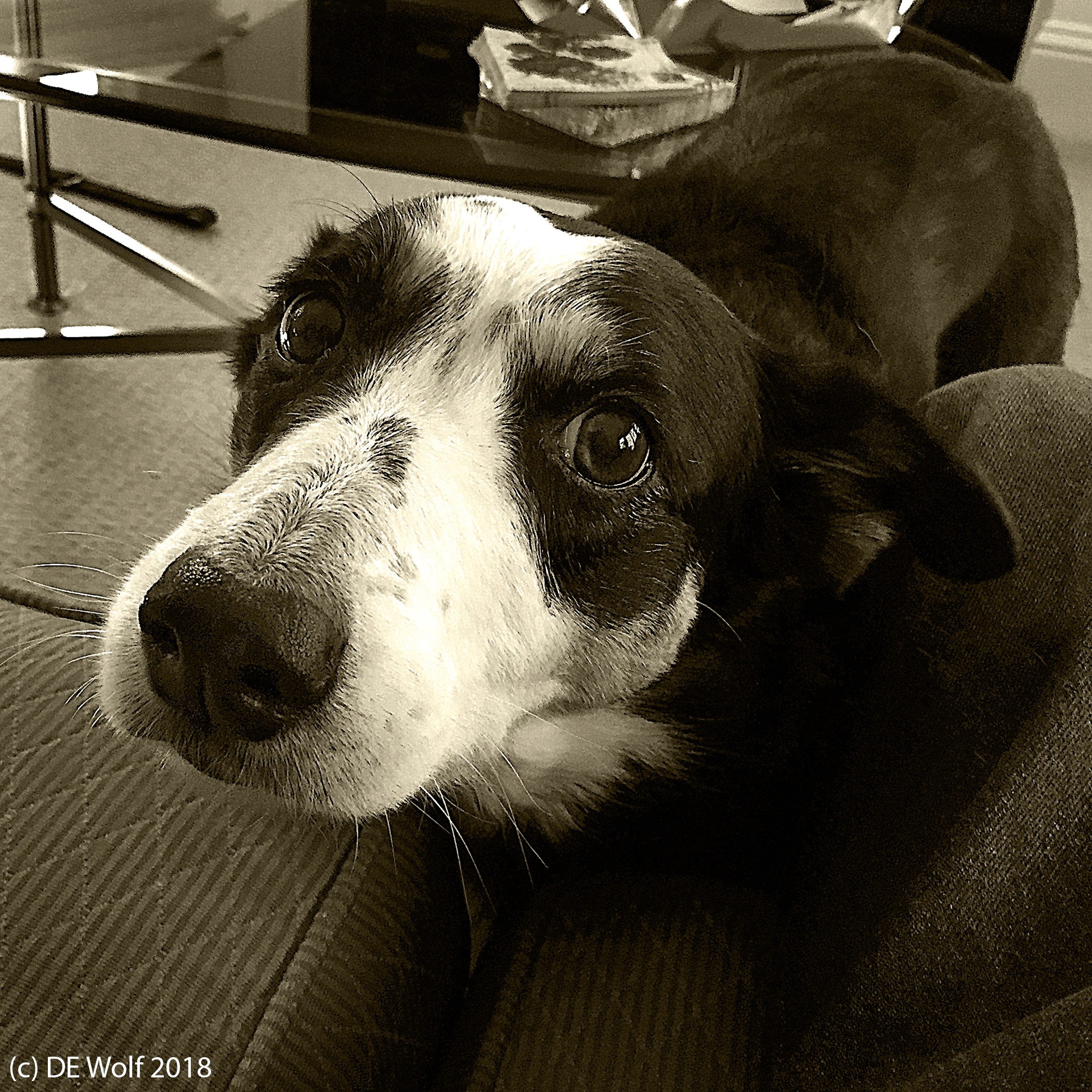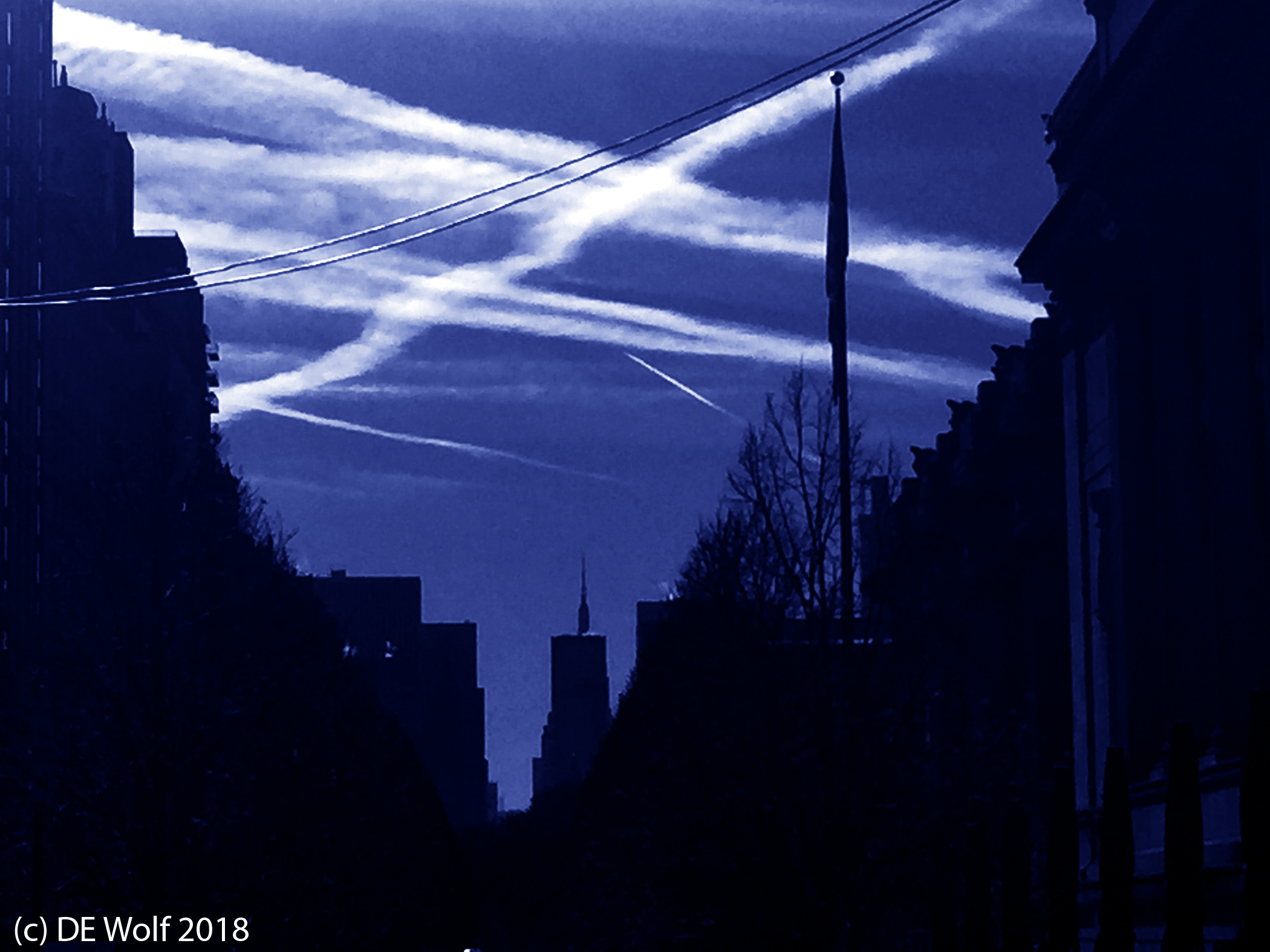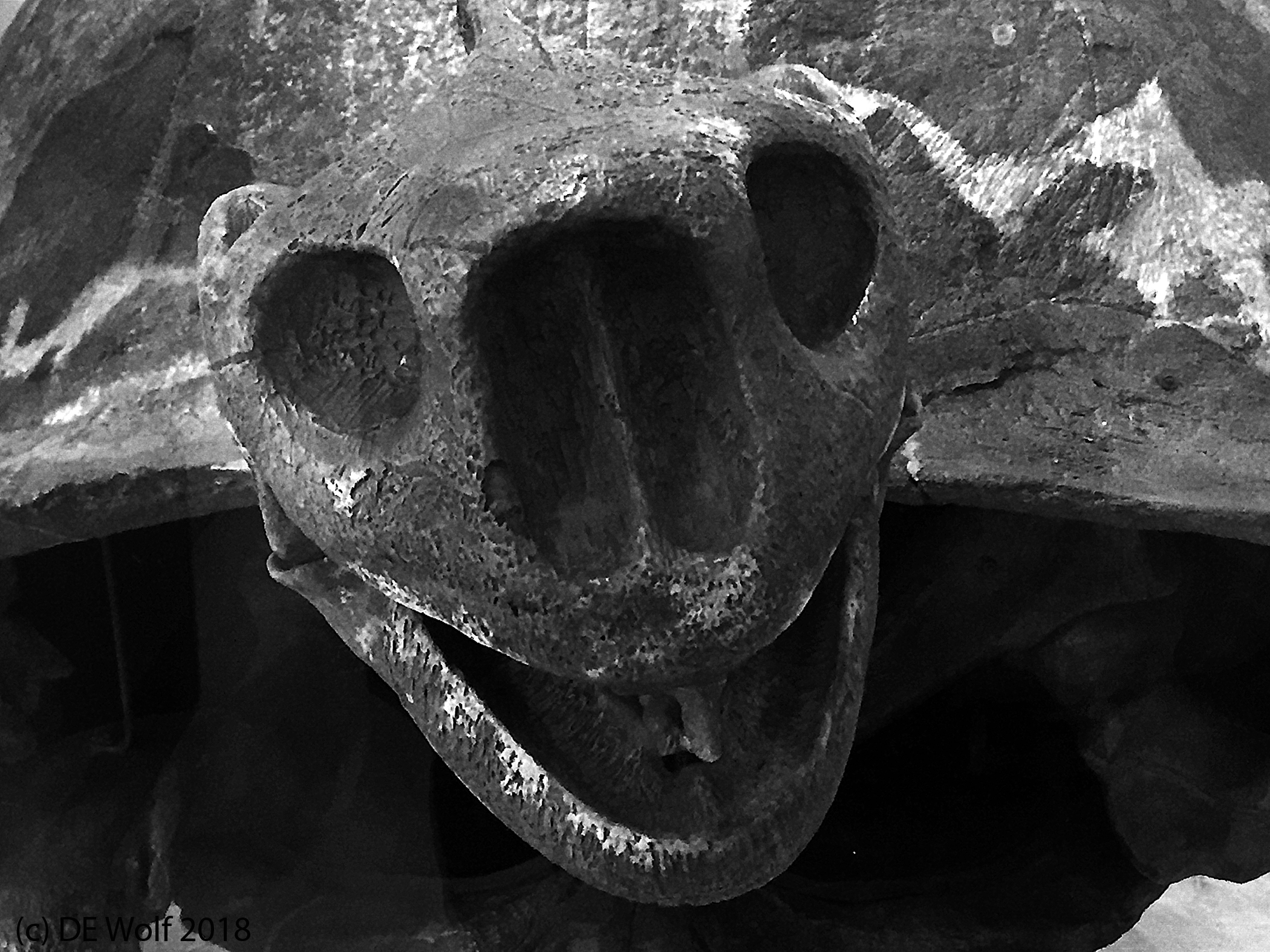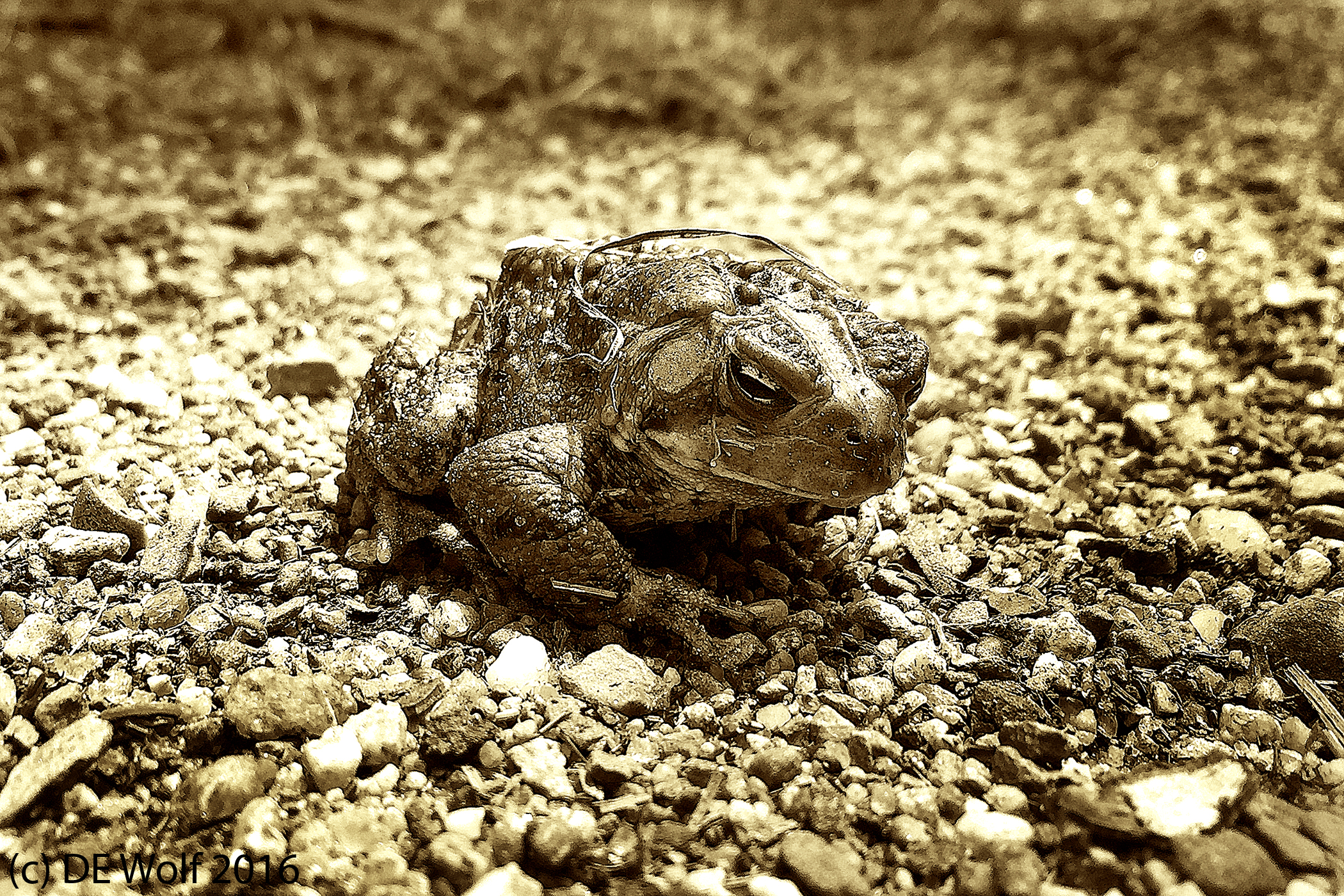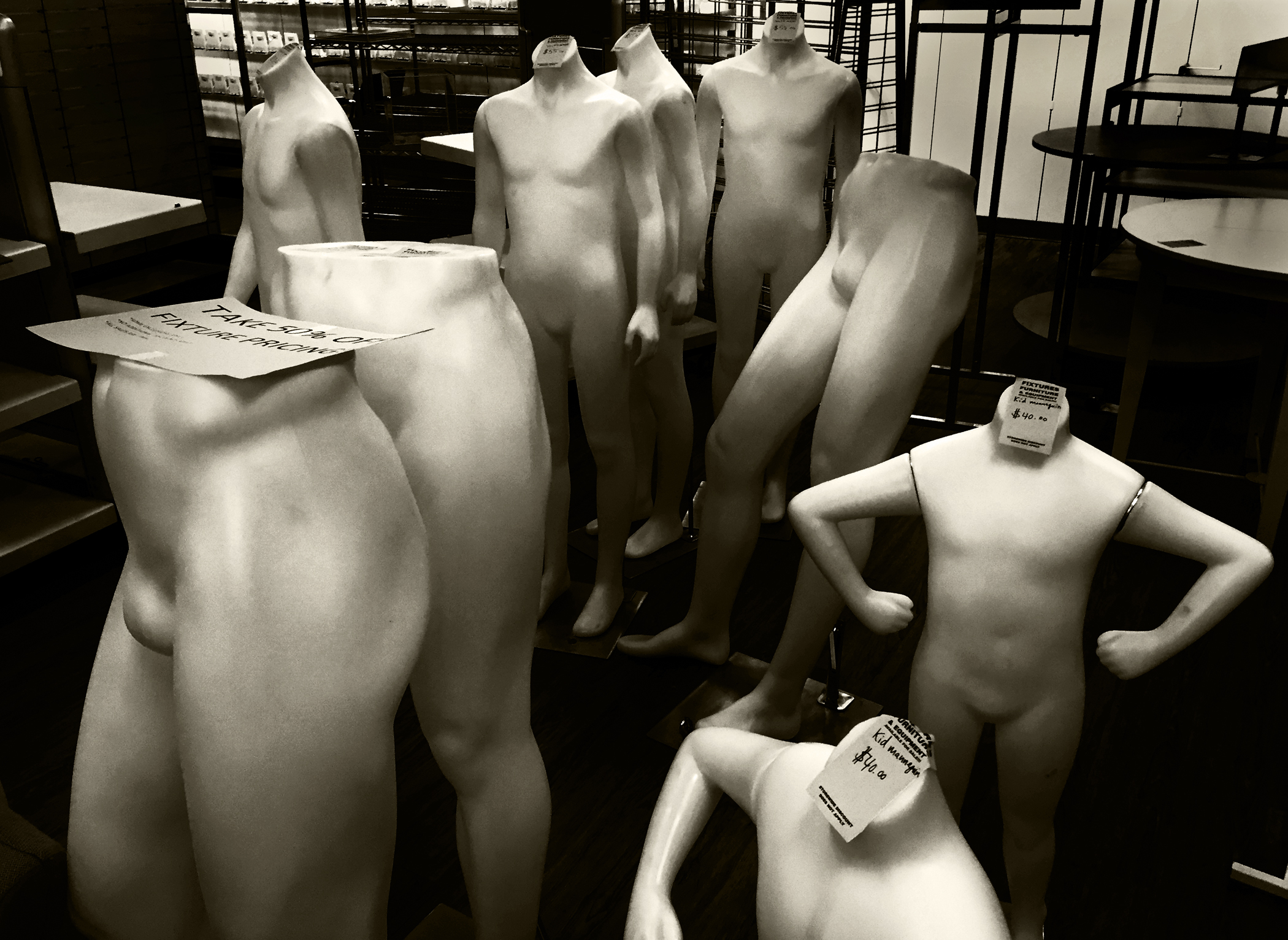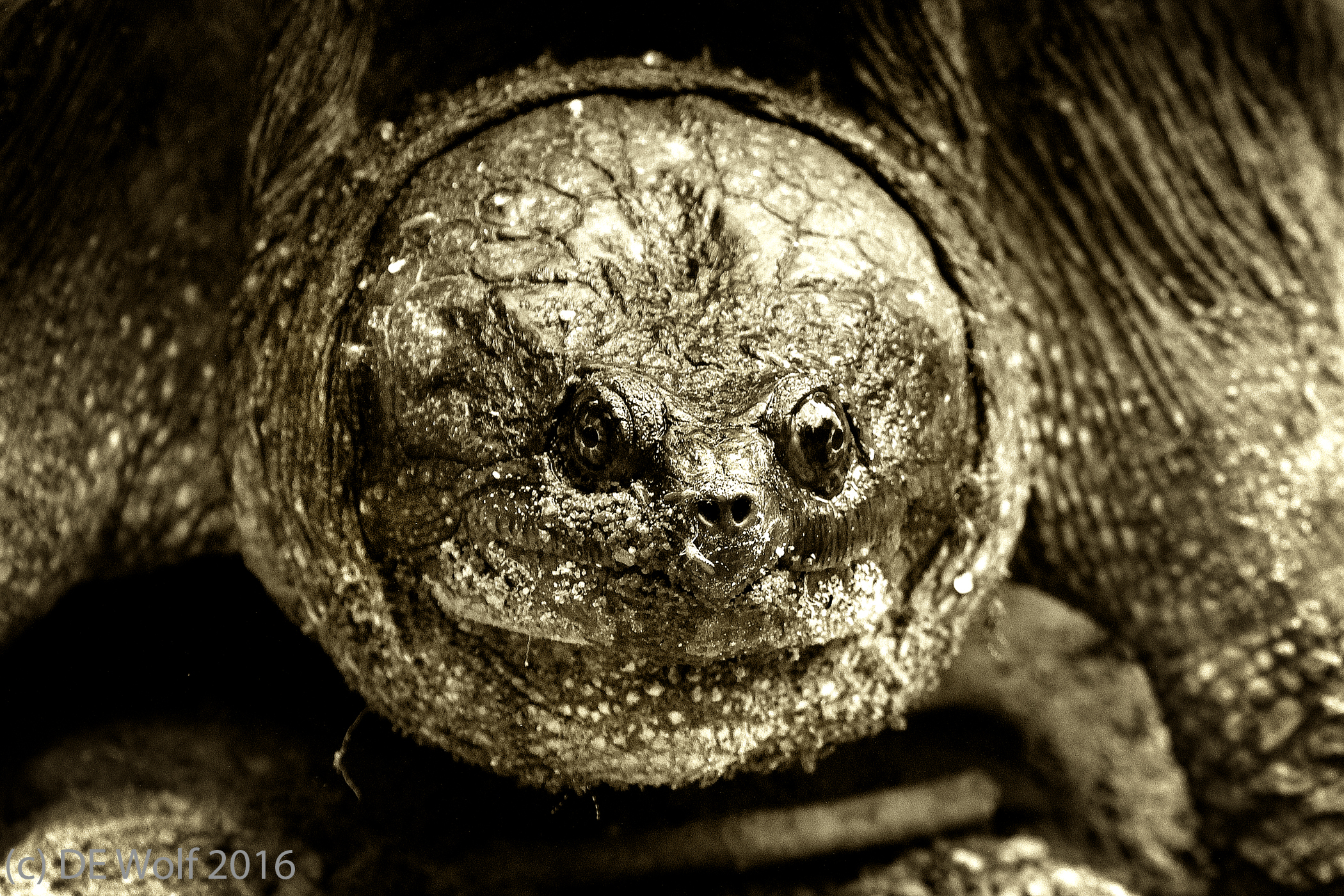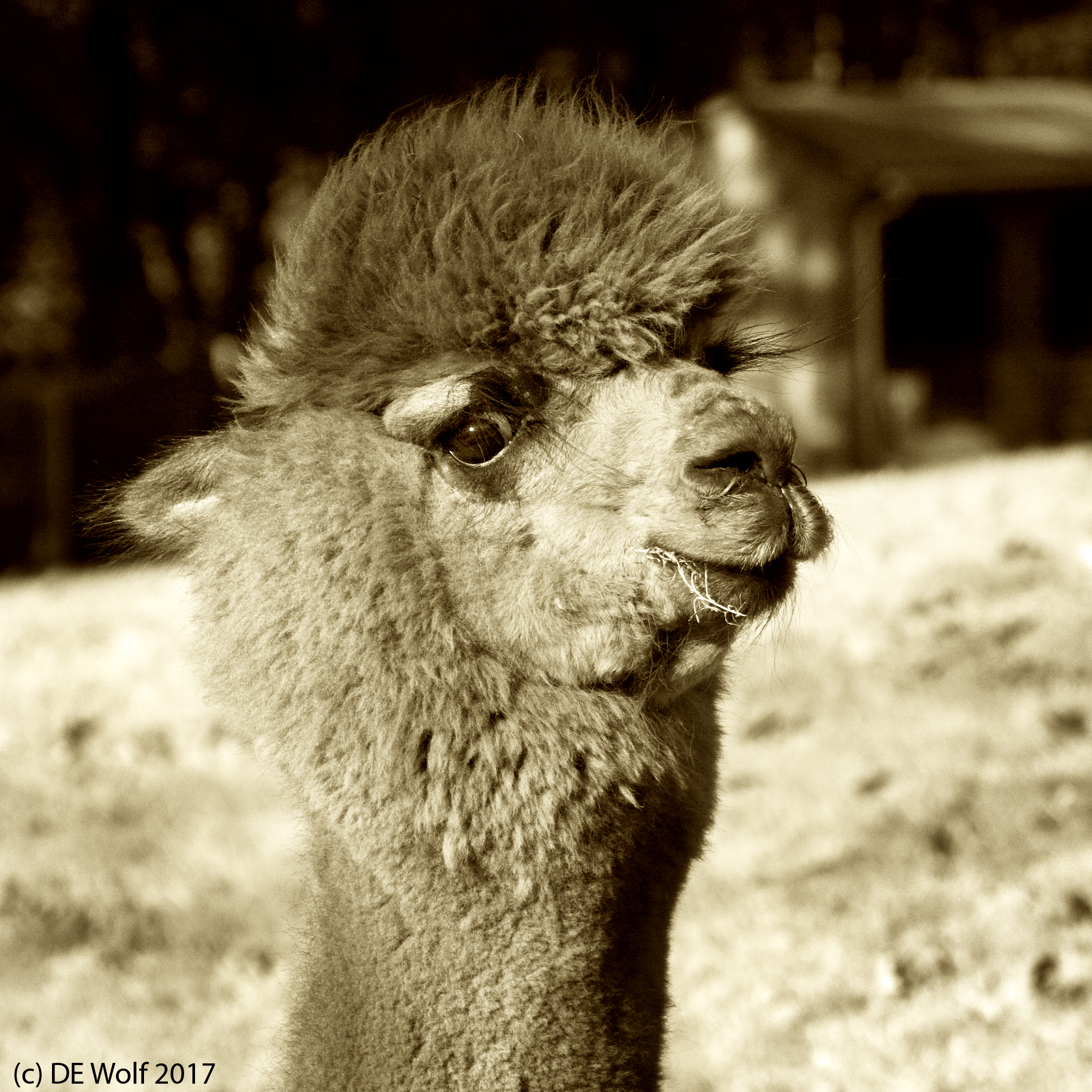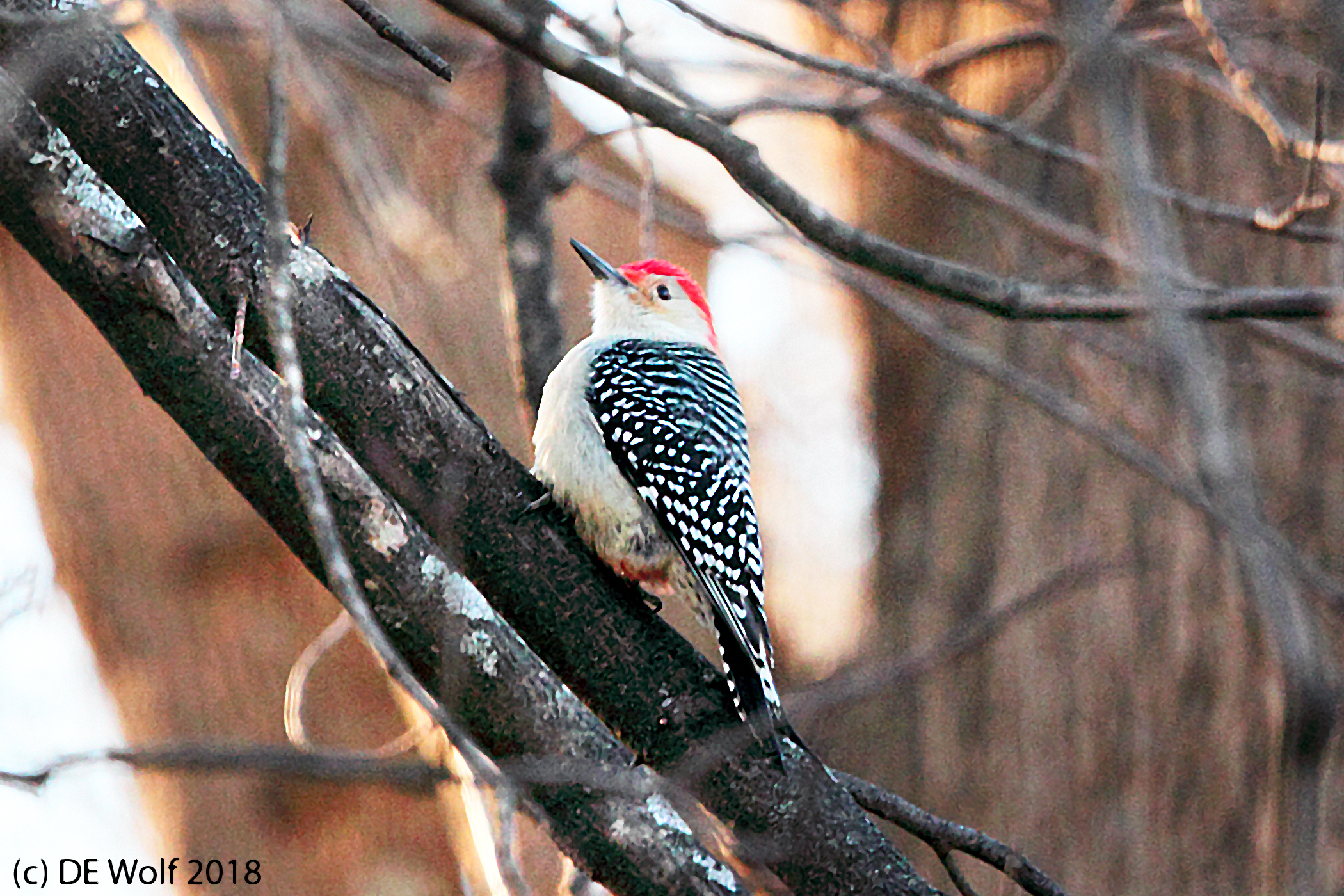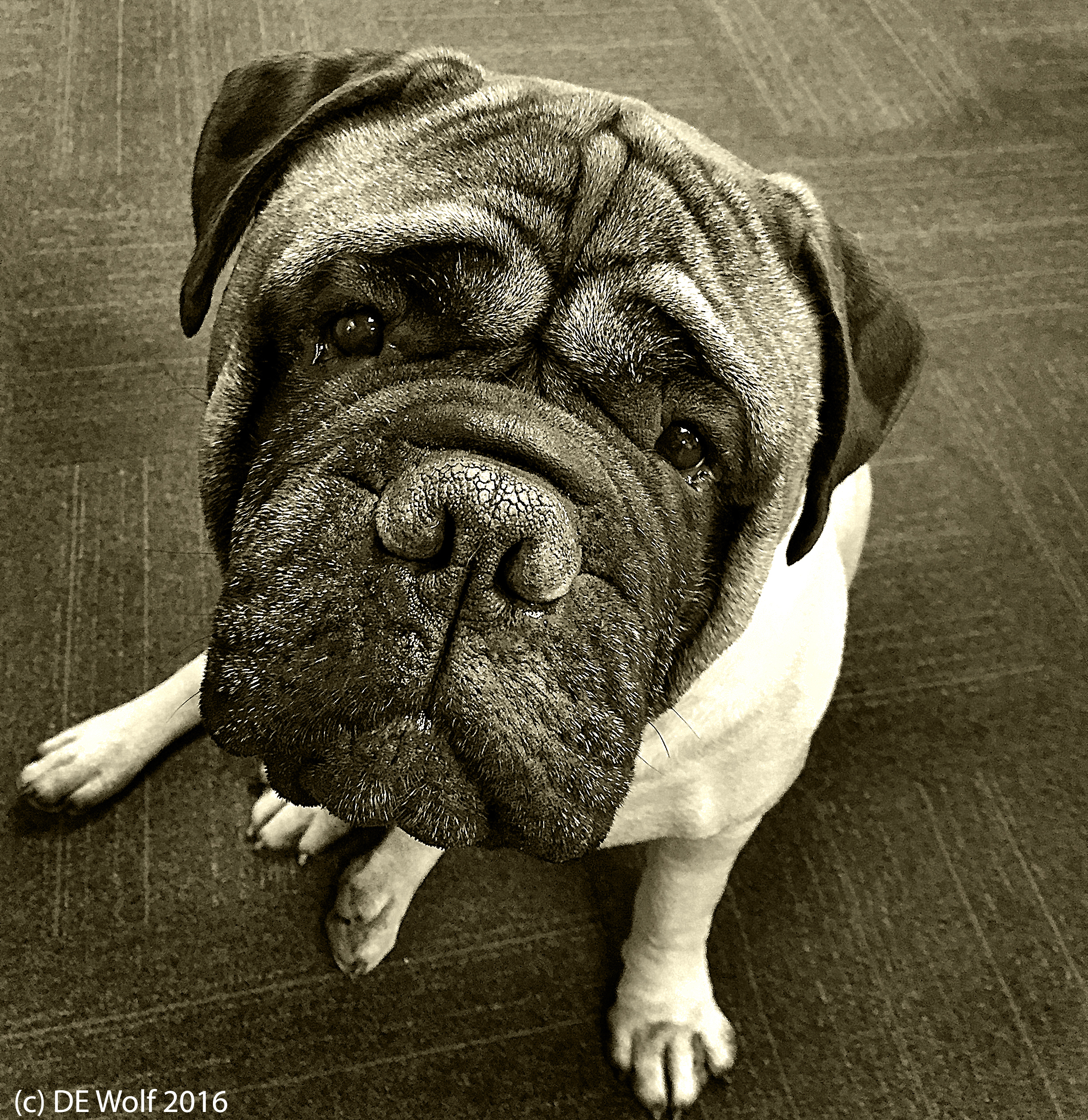In revisiting Animal Faces I have been trying to sneak in a few one ones. So for today I wanted to share a new photograph, which shows my newest canine friend Carly. Carly is a Border Collie, and as her eyes express, Carly has the gentlest and warmest of canine souls. Here she seeks just a bit of love.
Dogs interact with photographers. Carly is, in fact, leery of the IPhone camera’s click! But do they interact with photographs? First, we should answer the age old question of whether they perceive television, and the answer is yes. Their expressed indifference is the result of the fact that they, a lot faster than we, have determined that it is all just a bit BORING! As for photographs studies based on eye movement definitively show that dogs can recognize their owners in photographs.
But it is important to recognize that smell is the predominant sense in canines. Their world of perception is dominated by the smell map. This is because while humans might have 5 million olfactory receptors in our noses, a more typical number for dogs is 200 Million.
We took Carly and her partner in all things canine, Jack, to Heard Farm, which meanders around giant fields and finally circles back on itself. When the two dogs got out of the car, Carly saw the scent trail immediately as plain as we see light and headed clockwise along the path. Jack saw the trail and headed counter clockwise. Both were correct!
Which brings us back to the television and the photograph. Neither offer up a scent-based map. They are indeed BORING!

